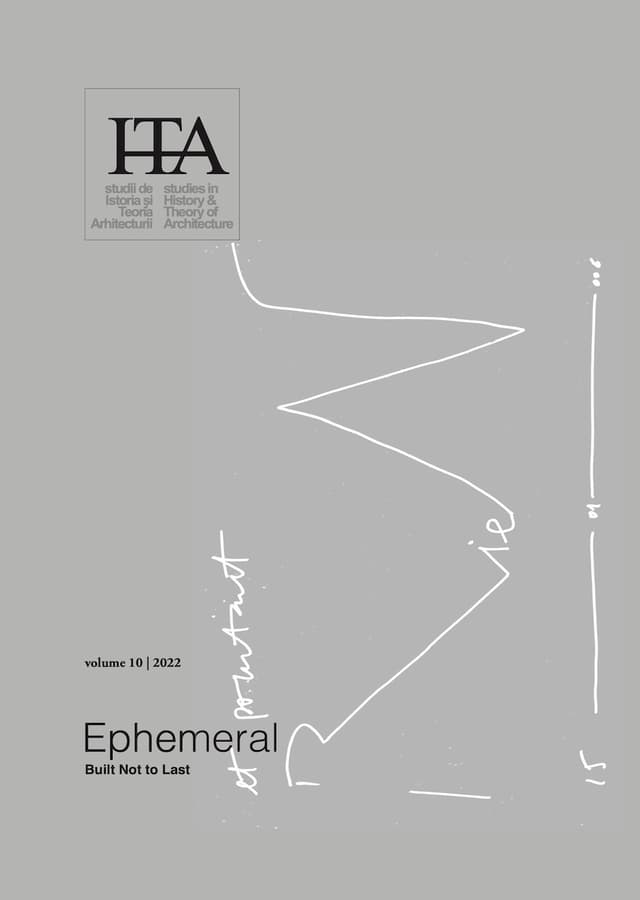Knots in Time:The Ghost Estates of Ireland’s Celtic Tiger
Knots in Time:
The Ghost Estates of Ireland’s Celtic Tiger
by
Felix McNamara
Keywords
aesthetics
Celtic Tiger
housing ruins
neoliberalism
post-politics
This article explores the phenomenon of Irish “Celtic Tiger” boom-era “Ghost Estates”: housing developments left in ruin by the burst of the Irish housing bubble in the late 2000s. Ghost Estate imagery is perhaps the most evocative of those associated with the Celtic Tiger. This has led such ruins and their images to become symbolic not only of the Irish boom-era and its crash, but of neoliberalism more broadly. This ideological valency held by Celtic Tiger Ghost Estates makes them an important point of interrogation in the question of how architecture and architectural aesthetics have processed the period, and how they’ve affected subsequent ideological attitudes towards Ireland’s enduring housing crisis. The phenomenon also raises deeper questions regarding ruins in relation to architecture, aesthetics, history, and concepts of time. The estates will be analysed for their dual expression of the ephemeral and the permanent: the ephemeral through their failure as a project of architectural design, town planning, housing economics, and politics – the permanent through their movement from real estate to ghost estate; their transformation from housing to ruin. Architectural ruins will also be shown to transmit multiple conceptions of time; in some ways as burdened by the future as they are by the past. By interrogating this recent history of Ghost Estates in light of the deeper cultural history of the architectural ruin, the article examines how this contemporary phenomenon reveals or disrupts the narrative structure of neoliberal progress, and how architecture contributes to aesthetic conceptions and images of time.
Published in

Chicago citation style
DOI:
10.54508/sITA.10.18